Year 3, Lesson 1.4: What does it mean to be a global citizen?
Unit Learning Goal
Students will explore what it means to be a good citizen in different contexts—including local, national, and global—and will examine how responsibilities to self, others, and society shape ethical decision-making and civic identity.
Lesson Goal
Students will be able to articulate and reflect on their own definitions of global citizenship and consider how different people and cultures might define and practice global citizenship differently.
Assessment
Observe student participation and insight during group discussions and role-playing activities.
Analyze Exit Tickets for students’ understanding of global citizenship in relation to identity, responsibility, and action.
Casel Alignment
Self-Awareness, Relationship Skills
Portfolio Documentation
Resources
Chart paper or whiteboards for group summaries
Online polling tool (optional)
Prerequisites
Students should have discussed the 3 Es of Good Work and civic responsibility in earlier Year 3 lessons.
Total Time
45 minutes
Instructions
-
Last lesson, students explored the roles of good citizens and good workers and discussed how these roles may align or come into conflict. Today, they will take this further by considering what it means to be a global citizen—someone who thinks beyond their local context and considers how their actions connect with the broader world.
1. Opener: Exploring Global Citizenship [20 minutes]
Begin with: “What comes to mind when you hear the phrase ‘global citizen’?”
Use a Think-Pair-Share format:
Think individually. (5 minutes)
Pair and discuss. (5 minutes)
Share aloud or use an online (e.g., word cloud) or in-person (e.g., whiteboard, or chart paper) tool. (10 min)
Additional Prompts: To deepen student thinking and make the concept more accessible, ask:
Do you consider yourself a global citizen? Why or why not?
How might being a global citizen be similar or different from being a citizen in your community or country?
Can you think of any small choices you’ve made that might have a global impact? (e.g., what you eat, what you buy, how you communicate)
Note: This discussion can be framed as exploratory rather than judgmental, encouraging all students to see ways they might already engage globally, even in small ways.
Share one or more of the field’s definitions of global citizenship to deepen and anchor student understanding, such as this overview from UNESCO or this definition from Oxfam.
2. Profiles Activity – Understanding Global Citizenship Through Stories [20 minutes]
Distribute the Global Citizen Profiles Handout. Assign each student one profile (a mix of prominent and more relatable youth-led examples).
Students first read their assigned profiles silently and answer reflection questions.
Then, form Jigsaw Groups so each group includes a variety of profiles.
Together in their groups, students discuss their responses to the reflection questions. They should be particularly attuned to similarities and differences that they noticed among the profiles, as well as how these profiles might display certain aspects of global citizenship.
Wrap up with 3–5 groups sharing aloud one insight or debate from their conversations.
3. Closing and Exit Ticket [5 minutes]
Ask students to answer the following question on their Exit Ticket:
“What does being a global citizen mean to you? Share one responsibility, one challenge, and one way you can act as a global citizen in your life.”
Collect the Exit Tickets for assessment and portfolio documentation.
-
Invite students to create a visual representation (poster, infographic, or digital storyboard) showing their personal definition of global citizenship and how they practice it or want to in the future.

